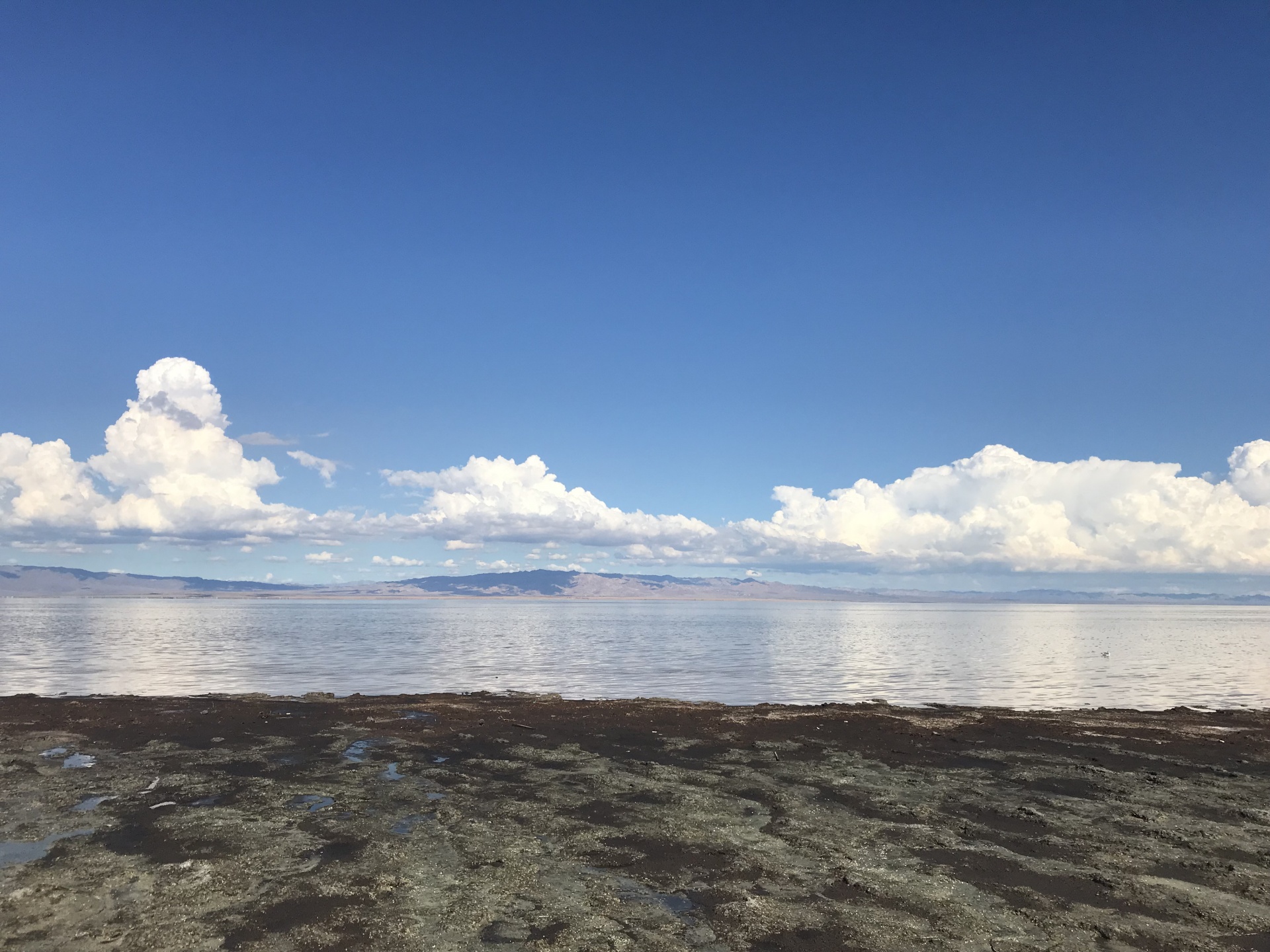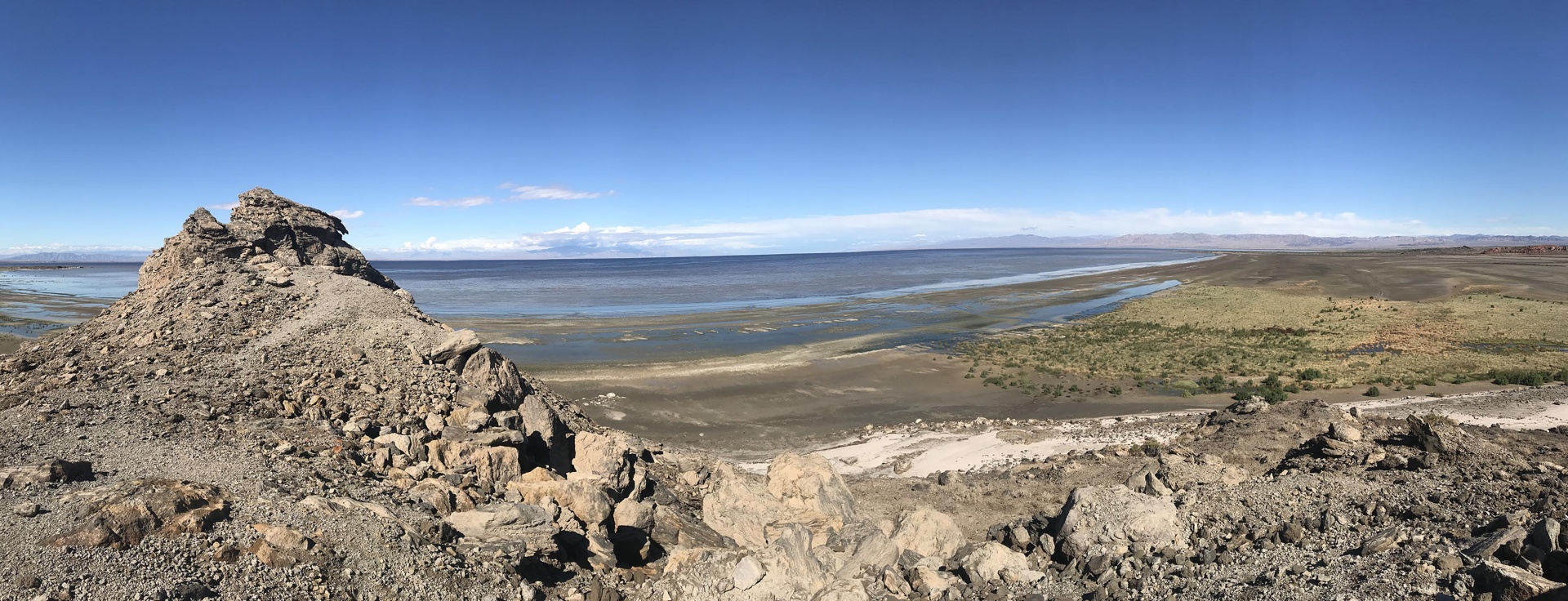Out in the Field: Learning about the Environment Firsthand
Like most students, the majority of my learning takes place in the classroom or through independent study, and many of the concepts I am learning about are theoretical. That's why, as an Environmental Science & Policy minor, I was especially excited last semester to have an opportunity to learn about environmental issues in the environment. After eight weeks of studying the Salton Sea for Dr. Lily-House Peters’ California Environmental Issues course, the class went on a three-day field trip to experience it firsthand.
The Salton Sea is a human-made lake, created by an engineering accident in the Imperial Valley. It is now the home of thousands of endangered animals. However, its toxic water and poor air quality are not only hurting the animals, but the people and farmers who reside and work nearby.

Seeing the Salton Sea up close was surreal. There is a major difference between reading about it, and seeing it up close; even videos cannot compare. There are so many other senses that are not tapped into when learning in a traditional classroom setting. The sounds of the sea and nearby birds, and the smell of the soil and dead fish, (and witnessing two of my classmates get stuck in the quicksand) are just a few of the examples of what I experienced firsthand that I could not have absorbed through a textbook.
There were about 30 students in attendance, and it took roughly 3 hours to get to the Salton Sea by bus. The main objective of the trip was to shoot video and take photos of the sea and its surrounding regions, focusing on different topics regarding the Salton Sea. These topics included endangered wildlife, general sustainability, water quality, and social justice issues. Groups ultimately compiled their findings and presented them to the class in video format. The trip also consisted of several guest speakers who taught us more about the endangered Peninsula Bighorn Sheep and the geography of the surrounding region.

Education becomes more valuable when students get off the “armchair” and step onto the field. When it comes to environmental and social issues, the experience of seeing degradation and injustice is more jarring when you see them before your eyes rather than read about them in a book. I recommend attending field trips like these if the option ever arises, and encourage more professors to help provide learning opportunities like these.





